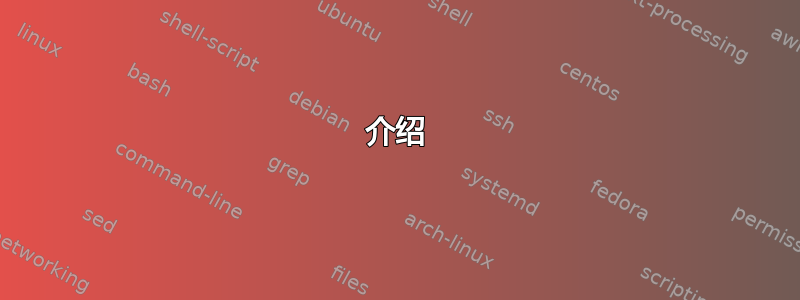
介绍
我是 KVM 新手。我正在 KVM 中准备一个 pfSense 实例;运行它让我接近成功,但并未完全正常工作:
virt-install \
--name pfsense \
--os-variant freebsd11.2 \
--virt-type kvm \
--hvm \
--vcpus 2 \
--memory 2048 \
--graphics none \
--boot hd \
--disk format=raw,readonly=on,path=/var/lib/libvirt/boot/pfSense-CE-memstick-serial-2.4.4-RELEASE-p1-amd64.img \
--disk size=16,bus=virtio \
--autostart
上述操作确实在交互式文本终端上成功运行,但安装程序使用的 ASCII 艺术完全错误(线条艺术被拉丁字母替换,大部分是“q”)。我正在考虑以下附加参数以适应简单的纯文本模式安装,键盘和屏幕直接连接到主机:
--boot useserial=on--extra-args 'console=ttyS0'--serial pipe或者--serial pty--channel pipe或者--channel pty--console pty,target_type=virtio- 忽略
--noautoconsole
有关的
KVM Guest 从控制台安装。但是如何进入 Guest 的控制台?- 确实需要文本终端,但没有详细介绍上述选项,也不是关于 pfSense。
问题
--serial、--channel和--console之间有什么区别--extra-args 'console=ttyS0',特别是它们对主人和客人的作用是什么?- 对于 pfSense 客户来说,哪种组合最适合使用?
- 如何解决 ASCII 艺术渲染问题?
答案1
我正在使用此配置在 KVM(qemu)中启动 pfSense 安装:
virt-install --hvm --connect qemu:///system --network type=direct,source=p1p1,source_mode=bridge --mac=52:54:00:13:aa:f0 --network type=direct,source=p1p2,source_mode=bridge --mac=52:54:00:13:aa:f1 --network type=direct,source=p1p2,source_mode=bridge --mac=52:54:00:13:aa:f2 --name fw-01.juvie.org --ram=2048 --vcpus=2 --cpu=kvm64 --os-type=freebsd --os-variant=freebsd11.0 --disk path=/var/lib/libvirt/images/iso/pfSense-CE-memstick-serial-2.4.5-RELEASE-amd64.img --boot hd,menu=on,useserial=on --disk path=/var/lib/libvirt/images/production_adata/fw-01.juvie.org.qcow2,size=20 --graphics none --console target_type=serial
也许它会对你有帮助。


